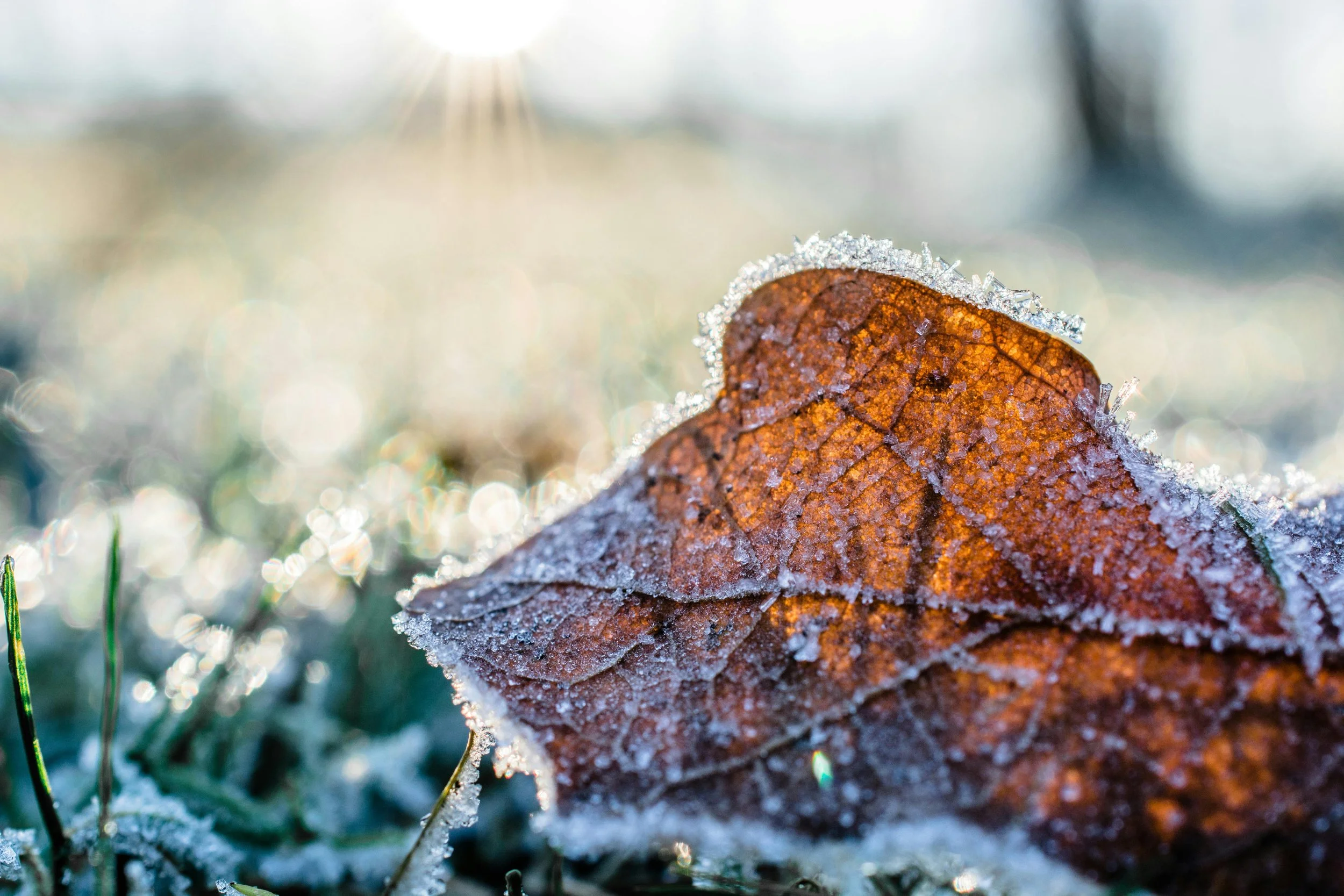The Ultimate Guide to Preparing Your Garden for Winter
Preparing your garden for winter is one of the most important steps you can take to ensure a vibrant and healthy landscape come spring. As temperatures drop, your plants, soil, and structures need a little extra care to withstand the cold, wind, and frost. From cleanup to planning ahead, this comprehensive guide covers everything you need to know to winterize your garden effectively.
1. Clean Up and Maintain
Remove Spent Plants: Clear out annuals and vegetables that have finished producing. Compost healthy plant material, but discard anything diseased or pest-ridden.
Prune Perennials: Cut back perennials that have died back or gone dormant. Some plants benefit from leaving stems a few inches above ground for added winter protection or habitat for beneficial insects.
Eliminate Diseased Material: Remove any plant debris showing signs of disease to prevent it from overwintering and spreading next season.
Rake Leaves and Debris: Tidy up garden beds and paths to reduce hiding places for pests and to prevent smothering grass or plants.
Clean and Store Tools: Wash dirt off garden tools, sharpen blades, and oil metal parts to prevent rust. Store them in a dry, sheltered place.
2. Prepare and Protect the Soil
Amend Garden Beds: Add compost, aged manure, or other organic matter to enrich the soil and improve structure. Work it in lightly to give microbes a head start come spring.
Mulch Generously: Apply 2–4 inches of mulch around perennials, shrubs, and bare soil. This insulates roots, retains moisture, suppresses weeds, and protects against freeze-thaw cycles. Use materials like straw, shredded leaves, or wood chips.
Plant Cover Crops: In unused beds, sow cover crops like clover or rye to prevent erosion, improve soil fertility, and outcompete weeds.
3. Protect Your Plants
Insulate Roots: Use mulch, straw, or evergreen boughs around perennials and bulbs to shield roots from extreme temperature swings.
Wrap Vulnerable Plants: Wrap tender or newly planted shrubs and young trees with burlap, tree wrap, or frost cloth to guard against frost, wind, and sunscald.
Bring in Container Plants: Move potted plants indoors, into a garage, or under shelter. Raise them on pot feet to prevent waterlogging and cracking.
Use Plant Covers as Needed: For sensitive in-ground plants that can’t be moved, cover with fabric row covers or cloches to provide extra insulation.
4. Care for Lawns
Mow One Last Time: Cut the grass a final time before winter dormancy, but don’t scalp it—leave it around 2.5–3 inches tall.
Aerate and Fertilize: Aerate compacted soil and apply a slow-release fall lawn fertilizer to strengthen roots over the winter.
Rake Regularly: Remove fallen leaves from the lawn to prevent suffocation, fungal issues, and bare spots.
5. Winterize Structures and Systems
Drain Irrigation Lines: Shut off and drain irrigation systems to prevent pipes from freezing and bursting.
Store Hoses and Furniture: Drain garden hoses, coil them, and store indoors. Clean and cover or bring in patio furniture and garden décor.
Secure Raised Beds: Cover raised beds with row covers or tarps to reduce nutrient leaching and prevent weed seeds from settling in.
6. Monitor and Manage Wildlife and Pests
Check for Pests: Inspect your garden for signs of overwintering insects, eggs, or diseases and treat accordingly.
Deter Browsers: Use fencing, repellents, or netting to protect trees and shrubs from deer, rabbits, and other hungry winter visitors.
Clean Bird Feeders: If you're feeding wildlife intentionally, clean feeders regularly to prevent the spread of disease.
7. Water Wisely Before Freeze
Deep Watering: Before the ground freezes, give your garden a deep watering—especially for newly planted trees, shrubs, and perennials. This helps them face winter stress with adequate hydration.
8. Plan Ahead for Spring
Take Notes: Record what worked well in your garden this year and where you’d like to improve. Note plant performance, layout ideas, and timing issues.
Order Supplies Early: Winter is the perfect time to order seeds, bulbs, tools, and soil amendments so you're ready when spring arrives.
Design Next Year’s Garden: Use the downtime to sketch layouts, research new plant varieties, or plan a rotation system for your veggie garden.
Final Thoughts
Winterizing your garden isn’t just about protecting it from the cold—it’s about setting the stage for a successful growing season ahead. With a little preparation now, you’ll prevent damage, promote soil health, and give your plants the best possible start in spring. Whether you’re tucking in perennials, turning compost, or browsing seed catalogs by the fire, every step counts in building a thriving, resilient garden.

